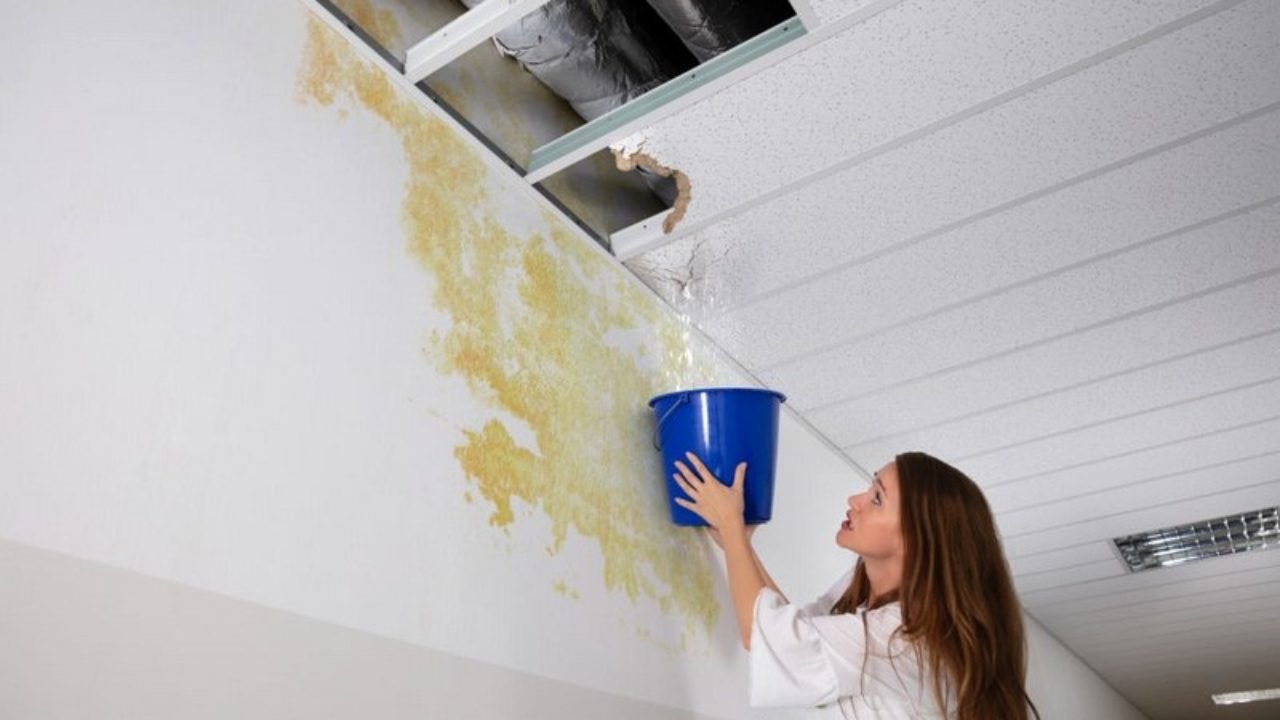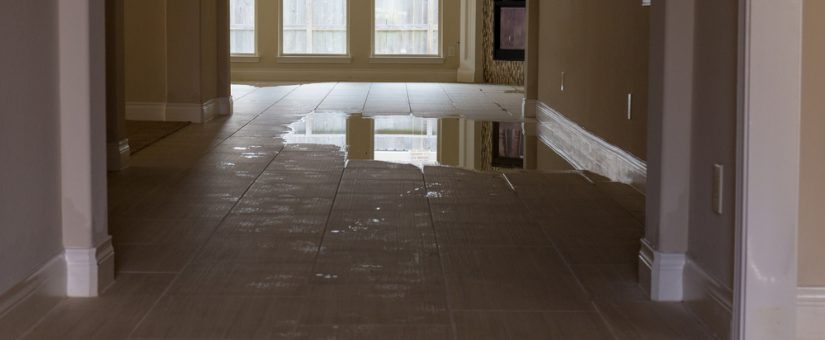Are you in search of tips concerning How to detect water leaks in your home?

Leaks not just trigger waste of water but can additionally trigger unnecessary damages to your home and also promote undesirable organic development. By looking and also recognizing for daily situations that create leaks, you can shield your house from future leakages as well as unnecessary damages.
Encroaching origins
A lot of water leakages start outside the home instead than inside it. You may discover damp patches or sinkholes in your lawn, and that may suggest that tree roots are getting into water lines creating water to seep out.
Corroded water supply
As time goes by, your plumbing system ages and also corrosion such as rust might begin eating away the pipes. This may be the reason for staining or bending on your water pipes. This calls for an assessment with your plumber immediately. Take into consideration replacing the pipes because they are at a greater threat of deterioration than the more recent designs if our plumbing system is old.
Defective Pipe Joints
The factor at which your pipelines attach is regularly the weakest web link in the waterline. Pipeline joints can wear away with time, causing water leakages. The majority of pipe joints are not conveniently noticeable. If you have loud pipelines that make ticking or banging noises, particularly when the hot water is turned on, your pipe joints are most likely under a lot of pressure. It is recommended to have your plumber examine your system once a year.
Immediate temperature changes.
Extreme temperature adjustments in our pipes can create them to broaden and acquire unexpectedly. This development as well as contraction might cause splits in the pipes, specifically if the temperature level are below cold.
Poor Water Connectors
At times, a leak can be created by loosened tubes as well as pipelines that supply your home appliances. In instance of a water connections leakage, you may see water running directly from the supply line or puddles around your devices.
Clogged Drains
Blocked drains pipes could be irritating as well as inconveniencing, yet they can in some cases wind up creating an overflow resulting in break pipes. Maintain getting rid of any materials that might drop your drains that can clog them to prevent such troubles.
All the above are causes of leakages however not all water leakages arise from plumbing leakages; some leakages could come from roofing leaks. All leakages ought to be fixed promptly to stay clear of water damage.
Leaks not only trigger waste of water however can likewise trigger unneeded damage to your house and also advertise unwanted organic growth. By comprehending as well as looking for day-to-day situations that cause leaks, you can shield your home from future leakages and also unneeded damages. Today, we will certainly look at 6 leak causes that may be causing your pipes to drip.
At times, a leak can be caused by loose pipes and also pipelines that provide your home appliances. In situation of a water links leakage, you might notice water running straight from the supply line or pools around your devices.
TYPES OF WATER LEAKS YOU SHOULD BE FAMILIAR WITH
Shower Fixture Water Leaks
If you notice a water leak near your shower fixture, perform an inspection to confirm if you are able to find broken caulk lines. As your shower fixture becomes older, it is not uncommon for water to leak onto the other side of the frame. To fix this type of plumbing leak, scrape off the old caulk and run a new bead of it around the shower fixture to seal up any fractured crevices and holes.
Bathtub Drainage Water leaks
To fix this type of leak in a bathtub, remove the drain flange and clean it. Next, you should also remove the rubber gasket located beneath the tub’s drain hole. Buy a replacement gasket that matches the old version and install it in the same location. Once the drain flange and rubber gasket are installed, apply a small amount of silicone caulk to the drain to prevent water leakage below your tub.
Water Pipe Leaks Behind Walls
Issues such as discolored grout and loose shower tiles may be caused by a water pipe leak behind the walls in your bathroom. To fix this plumbing leak, you will be required to remove the tiles, grout, or caulk in your shower. Once the tiles in your shower have been removed, perform an inspection of the drywall to confirm if it’s moist or wet. If you notice water marks or mold on the wall, this is an indicator of a water pipe leak.
Toilet Leaks
Nobody likes a toilet leak. It can cause water damage to the subfloor, joists, or even the ceiling in the room below. To combat this type of water leak, you will need to reinstall your toilet with a brand new ring of wax. If the toilet sits uneven, be sure to add toilet shims to correct the issue. Do you notice a broken bolt slot or flange? We recommend performing a new metal flange installation to remediate this issue.
Sink Water Leaks
To prevent damage to the beautiful counter tops in your kitchen or bathroom, tighten the base of your sink to prevent a water leak. Next, scrape away any old caulk around the sink and apply a fresh coat. Prior to using the kitchen or bathroom sink, you will need to secure the fixture to the countertop with the clips located beneath the sink rim to prevent a water leak.
https://www.fenwickhomeservices.com/blog/6-types-of-water-leaks-you-should-be-familiar-with/

Do you appreciate reading up on How to detect water leaks in your home? Make a comment down below. We will be interested to find out your responses about this blog posting. Hoping that you come back again before long. For those who enjoyed reading our page kindly do not forget to pass it around. We recognize the value of reading our article about Top Causes of Home Water Leaks.
Schedule Your Job Now